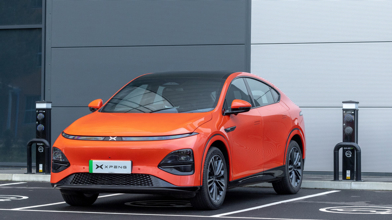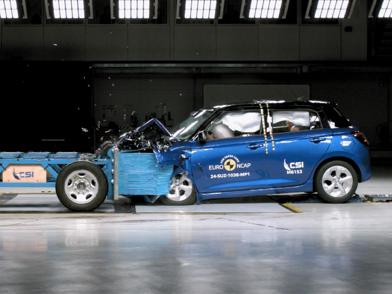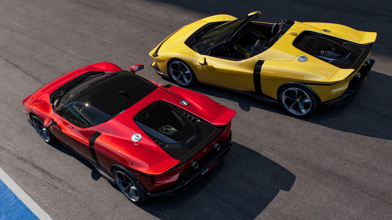Electric cars of the future could be able to ditch conventional brake technology in favour of powerful regeneration by battery-powered motors.
The move could come as a result of improved electric vehicle technology, as well as a push for improved air quality.
Electric cars already use a combination of conventional friction braking and brake regeneration. The latter slows down vehicles using resistance from the same electric motor that propels the car, feeding that energy into the car’s battery to extend its range.
DS, Citroen’s luxury arm, said it is “exploring whether regenerative braking alone could eventually be the sole method to slow cars down, helping to better recharge the battery in the process, and doing away with conventional brake discs and pads”.
All new cars sold in Australia today have disc brakes that work by clamping spinning rotors with brake pads that use friction to slow the vehicle.
Some cars, such as utes and cheaper hatchbacks, also have “drum” brakes attached to the back wheels that push “brake shoes” against the inner surface of a rotating barrel.
View all electric cars on Driven
Both types produce “brake dust”, fine particles of metallic material that separate from the pad and disc as part of the braking process.
Vehicles with drum brakes trap most dust inside the braking system, while disc brakes disperse material into the air around them.
Next-generation European emissions laws are expected to shift attention from exhaust pipes to brakes and tyres.
Dr Asma Beji, a non-exhaust particles expert, said in June 2021 that “the impact on health of brake wear particles is undeniable and cannot be neglected”.
“The Euro 7 emissions standard, which is still being developed for implementation by 2024/2025, should set a regulatory limit for these particles and would require an evolution of motor vehicles.”
The United Nations Economic Commission for Europe reports that air quality in cities has improved following a push to reduce vehicle exhaust emissions, particularly from older diesel vehicles.
“But non-exhaust sources from road traffic such as road, tyre and brake wear, which are also identified sources of particulate emissions harmful to human health and the environment, have not been equally targeted,” the commission reported in 2021.
“Their share in total particulate matter (PM) emissions from road transport has thus risen significantly. With the foreseen growth in market share of electric and hybrid vehicles, this trend will only increase in coming years.
“Therefore, non-exhaust sources must now be targeted in order to achieve further gains in the fight against particulate matter.”
Environmental researcher Dr Liza Selley published a paper for the MRC Centre for Environment and Health at King’s College London and Imperial College London in 2020 that suggested: “diesel fumes and brake dust appear to be as bad as each other in terms of toxicity in macrophages”.
“Macrophages protect the lung from microbes and infections and regulate inflammation, but we found that when they’re exposed to brake dust they can no longer take up bacteria.
“Worryingly, this means that brake dust could be contributing to what I call ‘London throat’ – the constant froggy feeling and string of coughs and colds that city dwellers endure – and more serious infections like pneumonia or bronchitis which we already know to be influenced by diesel exhaust exposure.”
DS and other manufacturers including Jaguar and Porsche participate in Formula E electric car racing. The series will eliminate rear disc brakes from its next-generation machines in a bid to improve real-world research into the performance potential of purely regenerative braking.
- news.com.au




